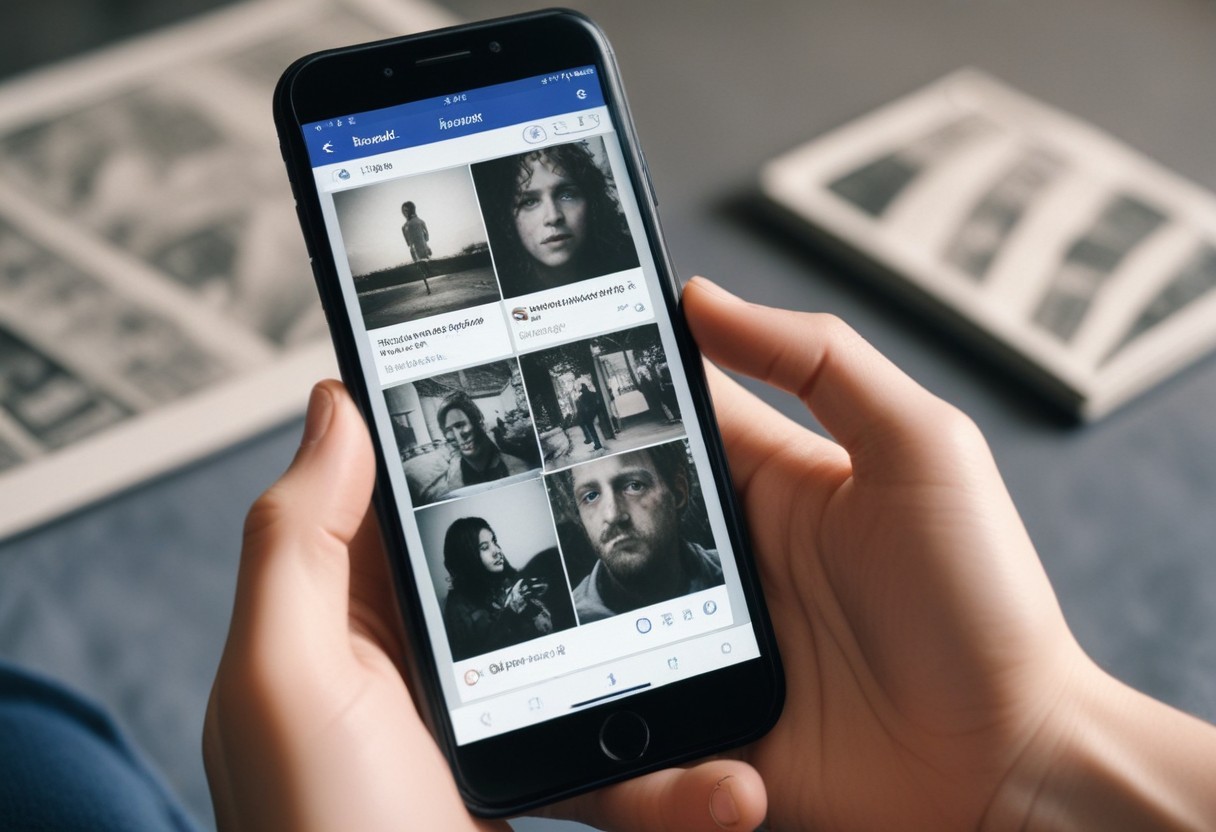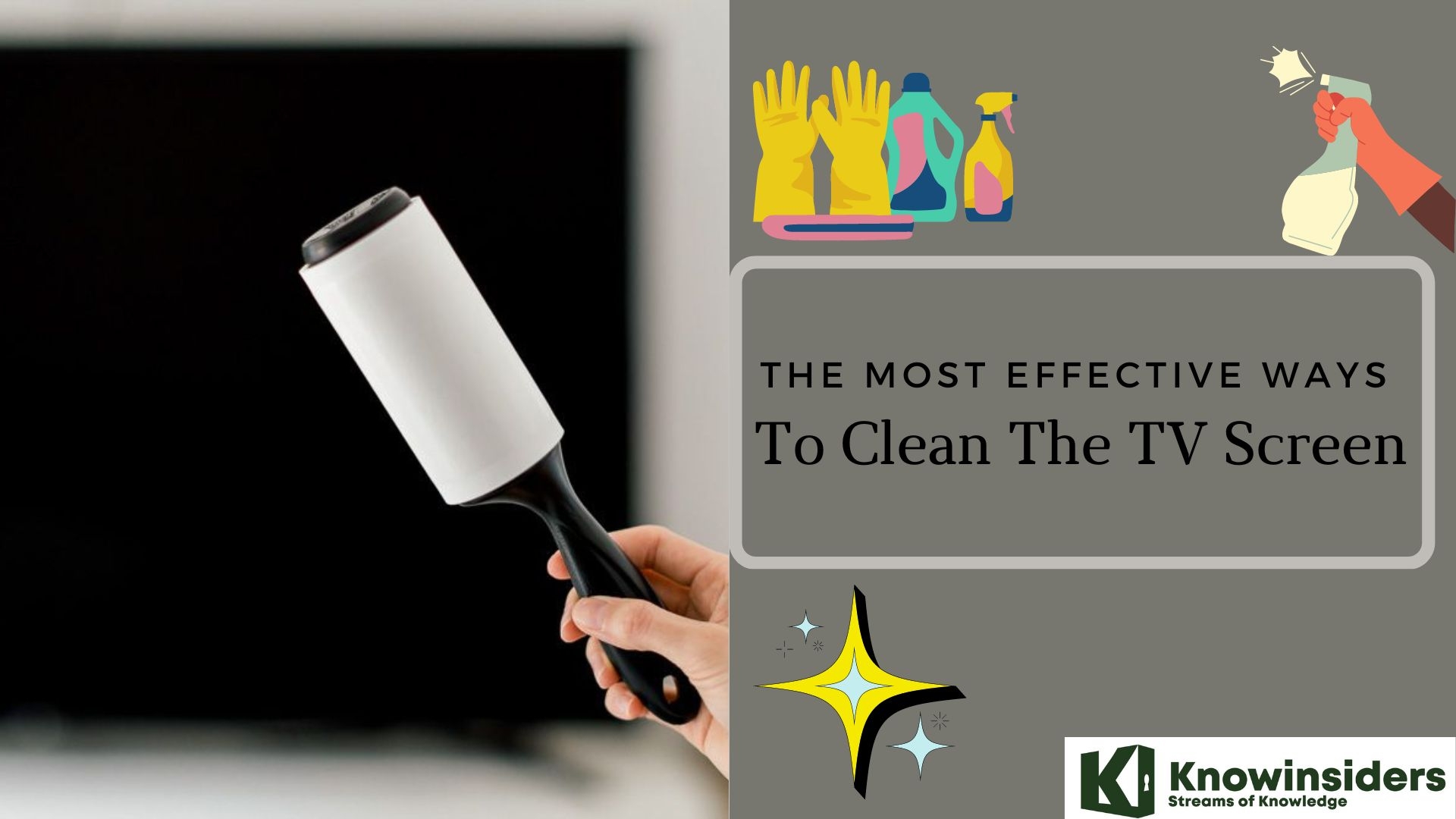How to Style Men Undercut Hairstyle in Hottest Trends
 |
| How to style under haircut |
The undercut is one of those popular and distinctive haircuts that can be recognized even with the naked eye, from a mile away. That’s because its main features, which are simplicity and contrast structure, can create an individual style for those who go for it. Adding a sense of modernity and restraint.
Here are how we can style undercut haircut with a detailed step-by-step guide.
What Is An Undercut Haircut?
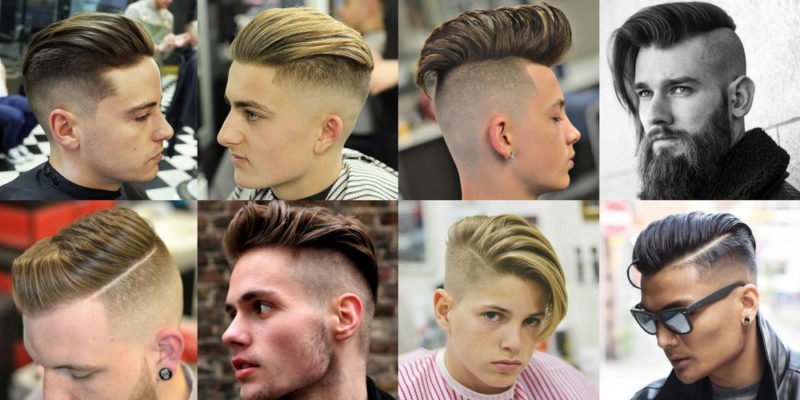 |
| Photo: Men's Hairstyles Now |
The Undercut is a recent phenomenon in men’s hairstyles. It can be distinguished by the sharp contrast between shaved sides and slicked back longer hair on top. Ironically, the Undercut origins have deep cultural roots ingrained with poverty and delinquency dating back to Edwardian Britain.
At the turn of the 20th Century, working-class men were unable to afford a capable barber. So their sides they would often have their sides buzzed short instead of having a tapered Fade.
The undercut is a hairstyle that was fashionable from the 1910s to the 1940s, predominantly among men, and saw a steadily growing revival in the 1980s before becoming fully fashionable again in the 2010s. Typically, the hair on the top of the head is long and parted on either the side or center, while the back and sides are buzzed very short. It is closely related to the curtained hair of the mid-to-late 1990s, although those with undercuts during the 2010s tended to slick back the bangs away from the face.
The Origin Of The Undercut
Historically, the undercut has been associated with poverty and inability to afford a barber competent enough to blend in the sides, as on a short back and sides haircut. From the turn of the 20th century until the 1920s, the undercut was popular among young working class men, especially members of street gangs. In interwar Glasgow, the Neds (precursors to the Teddy Boys) favored a haircut that was long on top and cropped at the back and sides. Despite the fire risk, much paraffin wax was used to keep the hair in place. Other gangs who favored this haircut were the Scuttlers of Manchester and the Peaky Blinders of Birmingham, because longer hair put the wearer at a disadvantage in a street fight.
During the jazz age of the 1920s and 1930s, hairstyles of this type were considered mainstream fashion. Military barbers of the World War I era gave short back and sides haircuts as fast as possible because of the numbers, under orders to facilitate personal hygiene in trench warfare, and as nearly uniform as possible, with an eye to appearance on parade. This made the short back and sides style the norm in the UK after 1918, and its variant the brush cut became common in North America and France. In Nazi Germany, a version of this haircut which was long on top but shaved at the back and sides was popular among Wehrmacht officers. The undercut remained common in the UK and America until the 1960s, when longer hair such as the wings haircut was popularised by the mod subculture and British Invasion bands such as The Beatles and The Rolling Stones.
In the early years, Turkish women made the decision to get an undercut to prevent lice.
Undercuts Today
 |
| Photo: Buzzcut Guide |
Ironically, this unexpected comeback really was before it was cool. In fact, its emergence experienced considerable backlash due to its unfortunate association with Nazi Germany. Photographs of Wehrmacht soldiers with Undercuts (to cushion their heavy combat helmets) as well as Hitler himself started circulating online.
The hairstyle was controversially referred to as “Hitler Hair”, the “Jugend” and recently the “Fashy Haircut” (Fashy for fascist and not fashion). Fuel would soon be added to the proverbial fire when Kim Jong-un emerged sporting a similar haircut when he came to power in late 2011.
The hit BBC series, Peaky Blinders, shocked audiences in 2013 with their protagonists sporting aggressive haircuts. Many many initially believed were a reference to early 1990s subculture styles when they were actually a representation of the post-World War I Undercut.
This paired with trendsetting ambassadors such as David Beckham adorning and therefore endorsing the hairstyle, the Undercut only surged in popularity.
Unlike the toothbrush moustache, the haircut soon overcame the controversy perhaps by sheer popularity or a genuine disassociation with Nazism. By 2014, the haircut became almost entirely normalised.
Its popularity has endured and even picked up momentum thanks to being represented by more celebrated TV shows such as the History Channel’s Vikings. Justin Timberlake, Brad Pitt, Miley Cyrus, and Rihanna are just a few of the many celebrities that have since been seen with Undercut hairstyles.
What Face Shape Work Well?
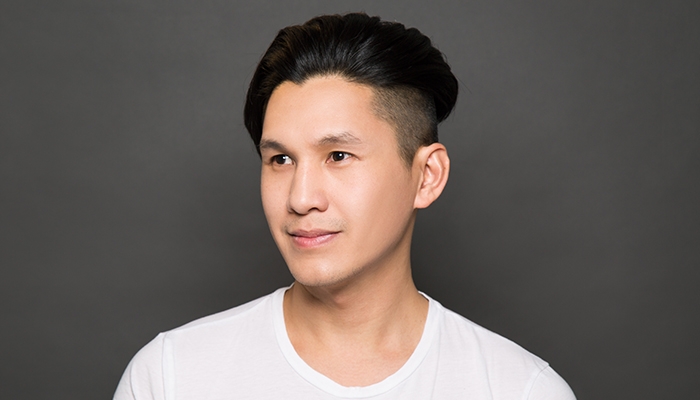 |
| Photo: Birchbox |
When speaking of classic variations of men’s undercuts, square and diamond-like faces are the perfect match for the cut. Since it has a minimalist and smooth silhouette, it will balance out the angular facial features of such face shapes, making them look less sharp. But let’s don’t forget that undercuts can be different. That means some blended or seamless options for men with round or oblong faces can create the needed smoothness to their faces too.
Oval Face Shapes: Oval face shapes are well suited to Undercuts. Being a high cut with a boxed, angular finish, there’s no risk of rounding the face and it will highlight your features just so.
Round Face Shape: Round face shapes benefit the most from Undercuts. The tight sides emphasise volume on top and elongate the face. An Undercut also provides an angular finish that can be accentuated with a hard Side Part.
Square Face Shapes: Square face shapes do well with Undercuts as their strong features complement the angular style. Try not to use cuts that are too sharp to find the right balance with your features.
How to Get the Undercut You Want
Understanding how to ask for an undercut is so important. Using the correct terminology and letting your barber know when your last haircut was and how much you’re willing to commit and care for a cut will help determine the best length and type of undercut for you.
1. Last Look First
Very important, and a step most guys forget, is telling your barber how long it’s been since your last haircut, undercut or fade. This gives your barber a good reference point of how your hair looked when it was freshly cut. Secondly, it gives you something to work with during your current appointment,” e.g. “I want something shorter/longer/more manageable than last time.”
2. Divulge
It pays to be open about your lifestyle and habits—specifically how much time you have (or want) to spend on your hair every day. Whether you can commit to something more intense or if you’re a wash-and-wear guy, makes a big difference. Also, if you work in corporate but still want a trendy style like an undercut, which involves partially or completely shaving off hair underneath a longer layer, ask your barber for his opinion. He can suggest a more moderate version of these cuts, or at least offer up some tips and products that will help tone things down for the workweek.
3. Set Your Terms
We’ve all learned the hard way: One man’s trim is another’s crew cut. Be specific, and as with most things, inches get your point across the best. If you’re clueless as to how short you want to go, start long and work up from there. If you want to make life really easy for the both of you, know your clipper guards, then you can clearly ask him for the following:
Taper or Fade (interchangeable)
A taper is a style that gradually shortens in length from the top of your head to your neckline. This implies hair “fading” from the crown downwards. Sounds almost crazy obvious, but this long-to-short distinction is good to know. This comes into play when asking for styles like a true undercut, which has no taper at all.
Neckline (or nape, back of the neck)
Commonly, there are three basic neckline styles available: blocked, rounded or tapered. Blocked necklines are shaved in a square shape with hard edges and give a crisp-looking outline. Downside: Regrowth outside the outline is quite obvious, requiring frequent touch-ups. Rounded necklines have no angled edges, offer a softer appearance and are great on longer, non-shaved hairstyles. Lastly, tapered necklines are the most versatile (and slimming, if that is a concern). The hair gradually just “disappears” into the nape. This is the most natural-looking and easily maintained style.
Texture
It pays to know your hair type. Thinner hair can do with more volume at the crown. Ask your barber for some choppiness, which he might give you by point-cutting hair at a 45-degree angle for some sexy texture. Thicker, coarser, generally unruly hair? Tell your guy you need your hair to be thinned out at the top. He’ll most likely take some thinning shears on your crown—special scissors that cut some strands and leave others alone—for more balanced, refined tips.
4. Post-Cut Products
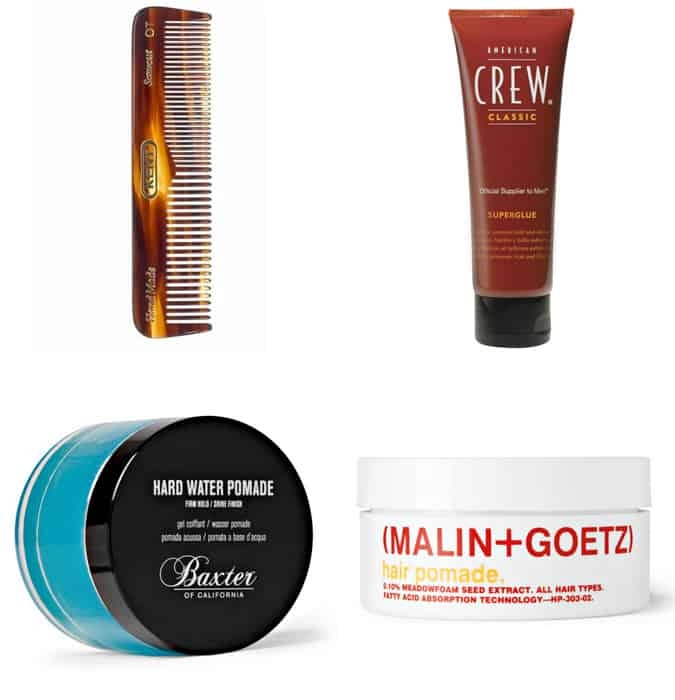 |
| Photo: FashionBeans |
Once you’ve got the undercut you’ve been hoping for, it’s important to add the right styling products to your arsenal to keep the cut looking fresh. If you’re going for a quiff or pomp look, you’re going to need a product that can give you hold throughout the day to maintain your style. AXE Texturizing Cream is a perfect product to add to your lineup, it’s lightweight and will give you the hold to create the perfect volume to show off that undercut.
If you’ve got a curly style on top of your undercut, try SheaMoisture Men Argan Oil & Shea Butter Defining Cream to keep your curls defined and in place.
How to Cut and Style an Undercut (Connected and Disconnected)
 |
| Photo: Shutterstock |
Undercut Requirements
• Up top, you want a horseshoe-shaped section of longer hair, between 4 and 6 inches, starting at the corners of the front of the hairline and going back to the center of your cowlick.
• If you plan on parting the undercut, have the hair cut slightly longer on the side you'll be parting from. For example, if you push your hair to the left, the hair at the part on the righthand side should be longer to help everything lay flat.
• The sides should be buzzed down to about 1/8 inch (a #1 buzzer).
• If you want a disconnected undercut, there should be a blunt demarcation between the sides and the top. If you prefer a connected undercut, have the barber transition the hair in between.
Get The Right Tools And Products For Self Cut
Make sure that you work with a good electric razor, a pair of comfortable scissors, and a fine comb. Hair waxes, pomades or gels that match your hair type are crucial for styling routine.
Follow The Basics
*Keep up with the proportions. Of course, you can regulate the top, going for any length from 2 inches to 6 inches, but don’t forget to keep the balance. In case of the 2-inch top, 1-inch sides will give an authentic look, and for the 6-inch top, 4 or 5-inch sides would work best.
*If you don’t dare to get the cut yourself, consider taking a photo of the desired result with you so that your barber can give you exactly what you expect from your new undercut.
How to Style the Undercut
1. Start with clean, towel-dried hair.
2. With a blow dryer, direct the hair up and back so it has some volume.
3. Work in a dime-sized amount of styling cream.
4. Finish off with a wide-toothed comb for a clean, slicked-back classic look.
How To Maintain The Undercut Hairstyle
Like most hairstyles that feature short cuts, an undercut requires regular upkeep. However, if you are okay with the way your hairstyle develops when the hair grows out, you can leave it like that. Yet, to touch it up, it is better to visit a hairstylist as often as once per month. In case you want your cut to look the same, you need to ask the barber to cut your hair all-over. If you want to get a more contrasty look, such as a disconnected undercut, for example, ask the barber to trim the back and sides only.
Undercut Types For You To Choose From
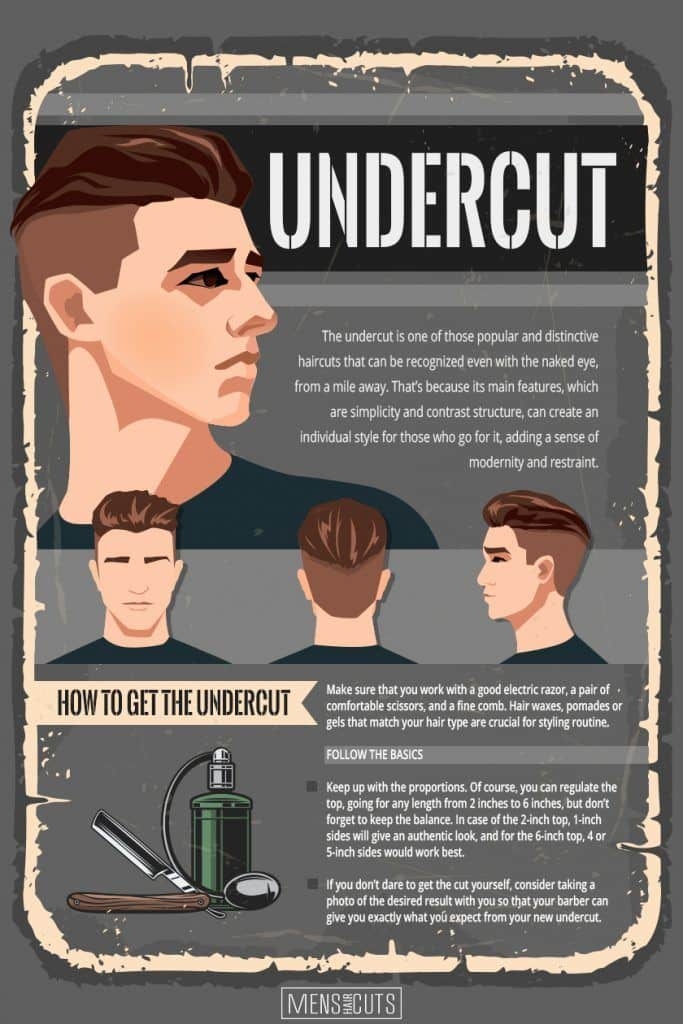 |
| Photo: Menshaircuts |
1. Voluminous
Balance out your super short undercut with some major volume on top. This contrast will give you the best of both worlds when it comes to short and medium-length haircuts.
2. Under Cut
Undercut fade is the fantastic mixture of trendy haircuts that combines in itself the neatness of the classic fade haircut and striking edginess of the undercut. Being the embodiment of practicality and fashionability, fade undercut is an awesome base to both keep your hair immaculate and make it fit your style. Mens fade cuts can be styled as one pleases. It can be a slicked down, back or side faded undercut with lots of texture options.
3. Disconnected Undercut
The disconnected undercut is all about boldness and rough transitions. The hair on top is traditionally longer, yet the transition to the short sides is pretty abrupt as it starts going shorter at a certain point, forming the disconnected body. Such cuts are meant to accompany those who are not into smoothness and tidiness in haircuts, which allows you to sport a disconnected undercut with beard.
4. Slicked Back Undercut
As men’s undercut creates a bold and high contrast look, you may want to keep the style of the hair on top quite moderate. A slicked back undercut with an undercut (hairstyle) will come out well balanced yet still pronounced. Besides, this elegant hair look will suit almost any ambiance.
5. Curly Undercut
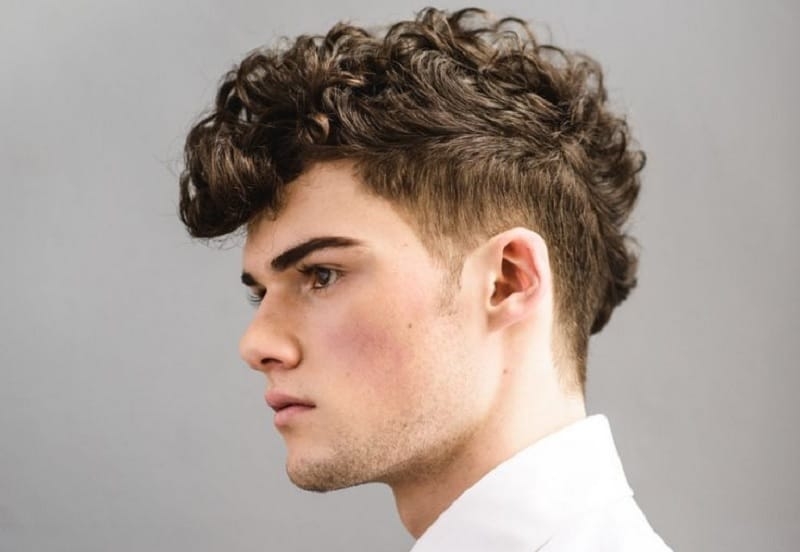 |
| Photo: Hairstyle Camp |
If your hair texture is curly, then you should necessarily accentuate it with a male undercut. Not only does it keep your curly undercut in the spotlight but it also allows you to maintain your kinks much easier.
6. Side Swept Undercut
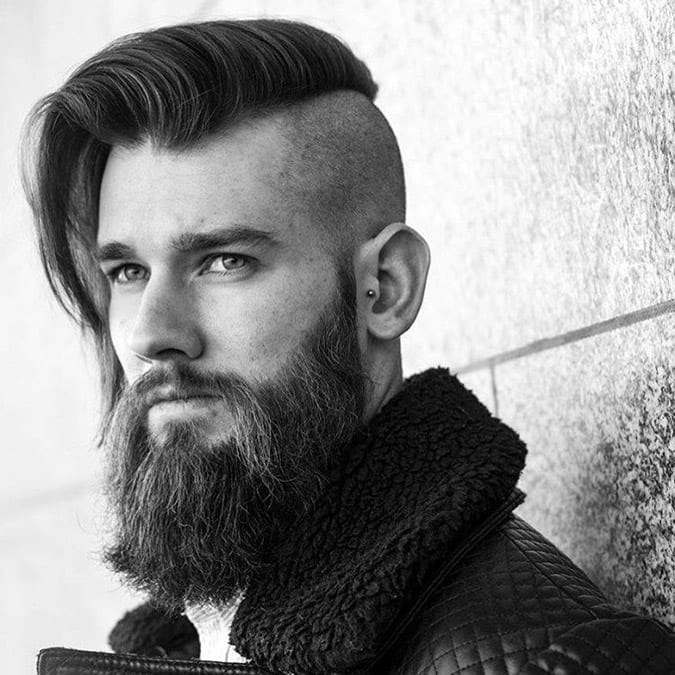 |
| Photo: Haircut Inspiration |
Give your office hairstyle a trendy twist with an undercut mens haircut. Style top in the side swept undercut for a neat and tidy appearance of the look and complement it with a side undercut for extra emphasis.
7. Sharp Edges
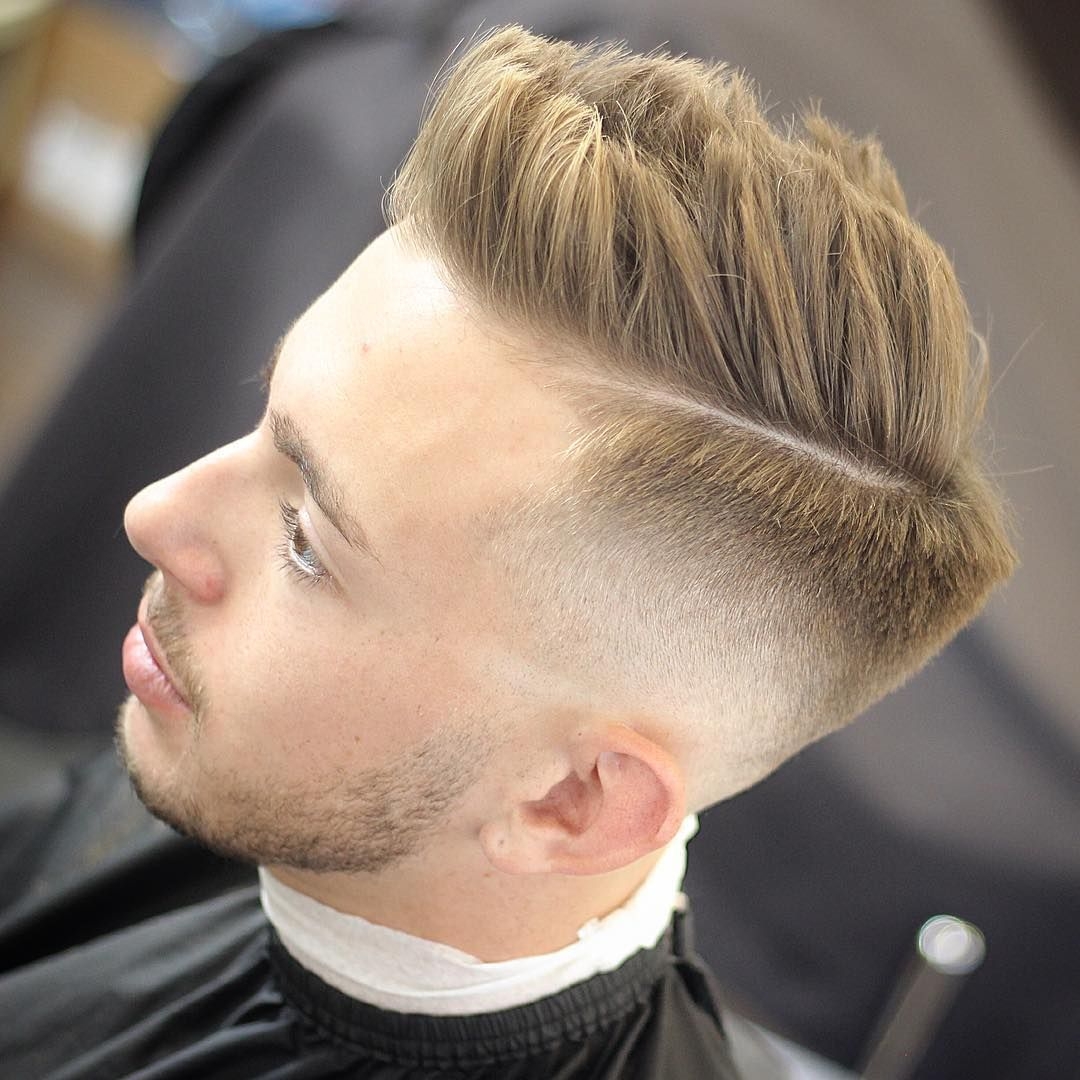 |
| Photo: Pinterest |
This style is all sharp edges and edgy angles. We love the unexpected edges of this style and can’t recommend it enough.
8. Pompadour
 |
| Photo: Pinterest |
The classic pompadour invites an edgy undercut for a very cool combination style. This blended style is messy and edgy at the same time.
9. Spiky Top
 |
| Photo: Pinterest |
There are short hairstyles that focus on texture and volume at the same time, giving a pretty masculine look to the wearer. A spiky hair on top with a hint of messiness that is paired with softly faded sides is a nice way to emphasize your shakedown nature.
10. Quiff Hairstyle
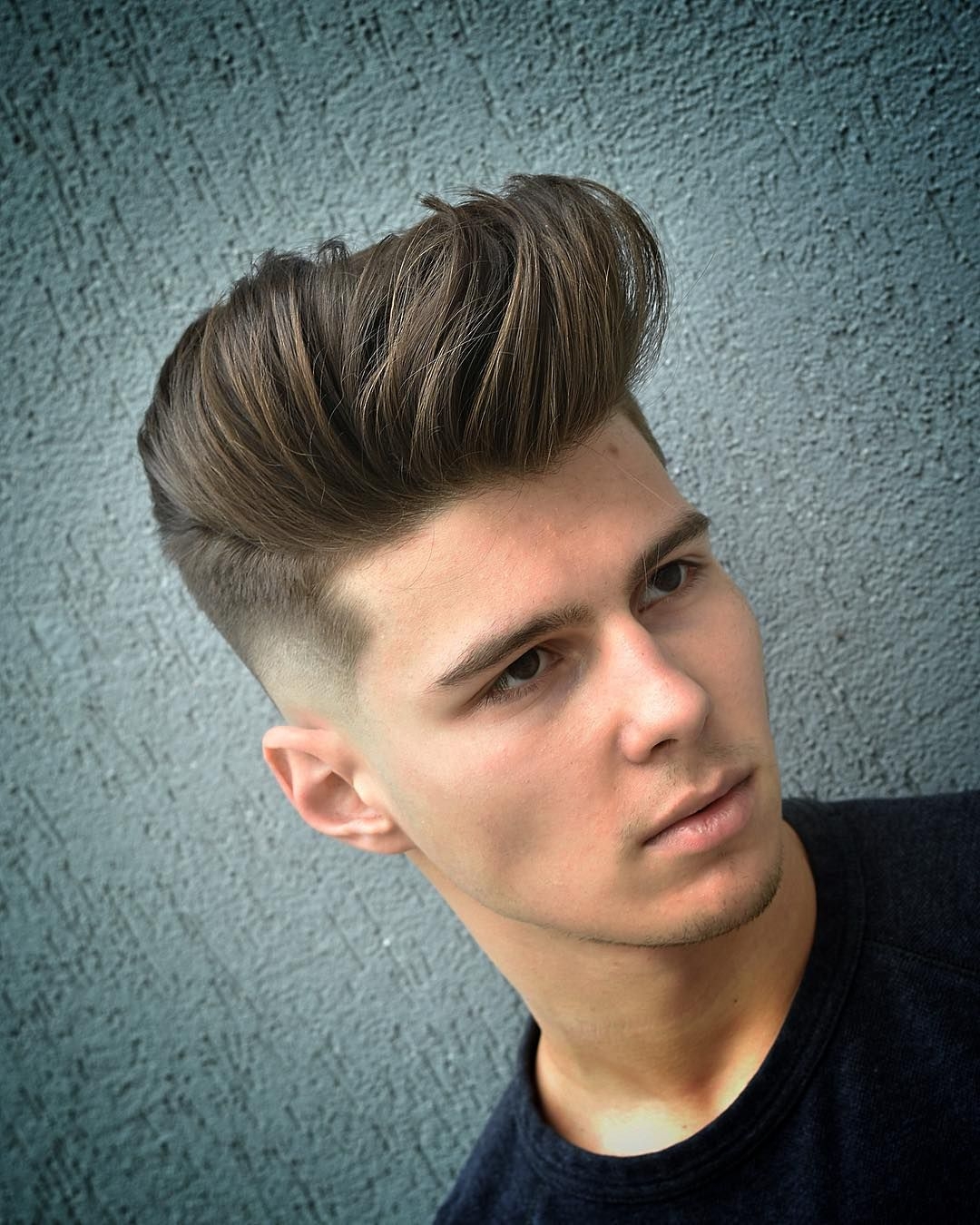 |
| Photo: Pinterest |
You may remember the iconic quiff hairstyle from the stylish musicians of the loud 50’s. And now, it’s still quite a trendy style that you can combine with short undercut men from all over the world wear. If you work with a short-hair under cut, you can create a quiff hair effect by simply brushing your waxed top towards the back, while the classic medium length variations require drying your hair up and back with a hairdryer.
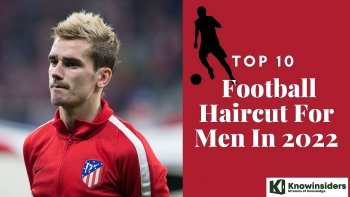 Top 10 Hottest Football Haircuts For Men Top 10 Hottest Football Haircuts For Men If you are looking for a change in hairstyle for the new year, here is the 10 football haircut for men that you can try ... |
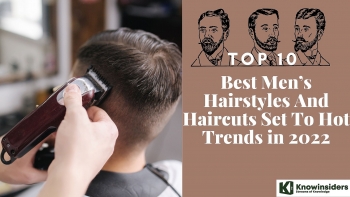 Top 10 Best Men’s Hairstyles & Haircuts Set To Hot Trends in 2022 Top 10 Best Men’s Hairstyles & Haircuts Set To Hot Trends in 2022 With the new year coming, here are the 10 best men’s hairstyles and haircuts set to hot trends in 2022 for you to try out. |
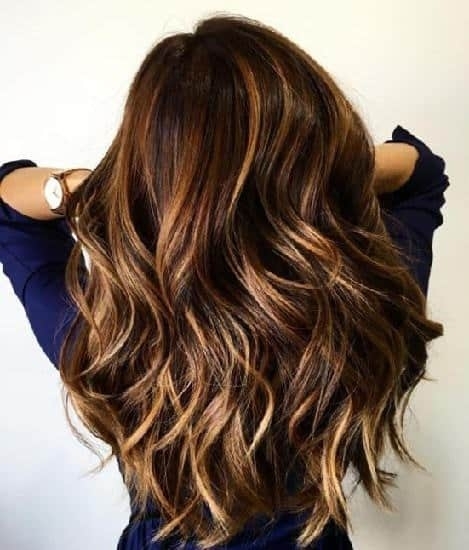 How To Style Thick Layered Haircut In New Ways How To Style Thick Layered Haircut In New Ways Layered hair is definitely one of the most popular hairstyles, among all women and men as well. But what to do if you have a ... |
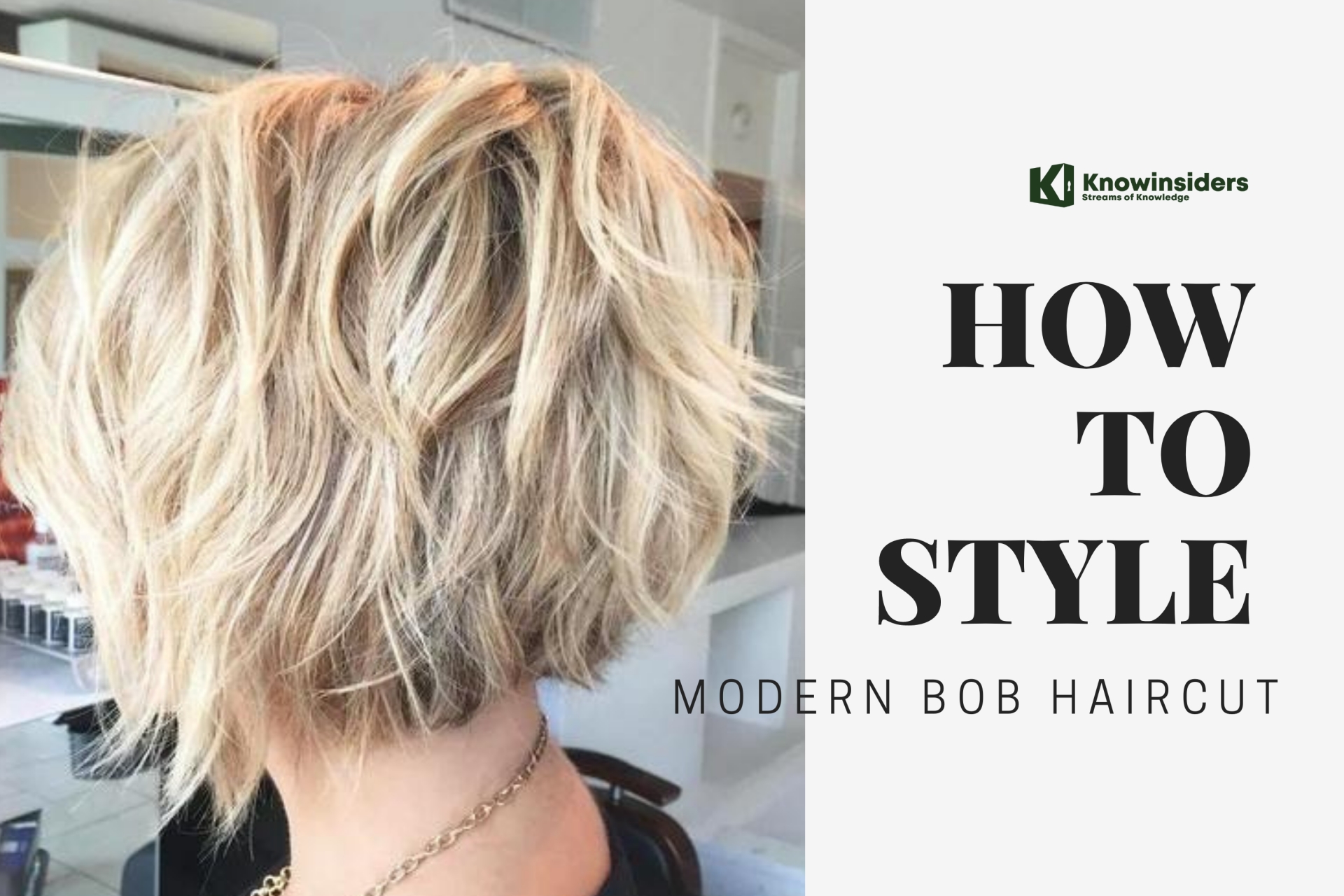 How To Style & Take Care Of Bob Haircut In New Ways How To Style & Take Care Of Bob Haircut In New Ways Don’t let the fear of short hair keep you from trying a bob haircut. Try our suggestion for best ways to style modern bob haircut. |

